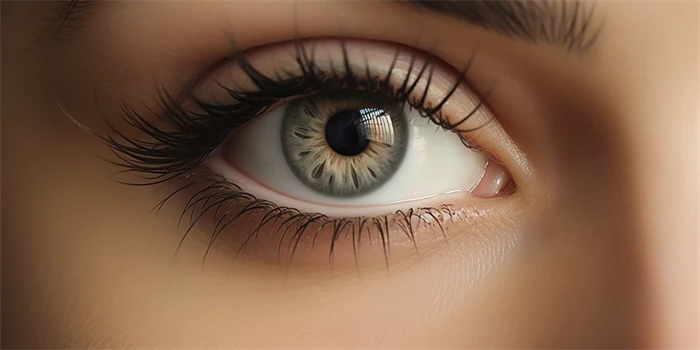Understanding Eyelid Retraction Repair Risks in New Zealand
Eyelid retraction repair is a surgical procedure aimed at correcting an abnormal elevation of the eyelids, which can result from various conditions such as thyroid eye disease, congenital anomalies, or previous surgical interventions. In New Zealand, this procedure is performed by skilled ophthalmologists and plastic surgeons, yet like any surgical intervention, it carries potential risks and complications. This article delves into the various aspects of these risks, providing a comprehensive overview for those considering this procedure.

1. Surgical Risks and Complications
As with any surgery, eyelid retraction repair can involve several common risks. These include infection, bleeding, and scarring. Infection, although rare, can occur if bacteria enter the surgical site. Bleeding is another potential risk, which can sometimes lead to the need for additional interventions if it becomes severe. Scarring, while typically minimal, can affect the cosmetic outcome and may necessitate further treatment.
2. Anesthesia-Related Risks
The use of anesthesia during the procedure also carries certain risks. While general anesthesia is not commonly used for eyelid retraction repair due to its minimally invasive nature, local anesthesia with sedation might be employed. Risks associated with anesthesia can include allergic reactions, breathing difficulties, and complications from sedation. These risks are generally low but should be considered, especially in patients with pre-existing health conditions.
3. Functional and Cosmetic Outcomes
The primary goal of eyelid retraction repair is to restore normal eyelid function and appearance. However, achieving optimal results can sometimes be challenging. There is a risk that the eyelids may not align perfectly post-surgery, leading to asymmetry or incomplete correction of the retraction. Additionally, while the aim is to improve the cosmetic appearance, individual outcomes can vary, and some patients may be dissatisfied with the results.
4. Long-Term Effects and Follow-Up
Long-term effects of eyelid retraction repair are generally positive, with patients experiencing improved comfort and aesthetics. However, there is a possibility of recurrence, especially in cases where the underlying cause of the retraction has not been fully addressed. Regular follow-up appointments are crucial to monitor the healing process and to address any issues that may arise post-surgery.
5. Psychological Impact
The psychological impact of undergoing eyelid retraction repair should not be underestimated. Patients may experience anxiety or stress related to the surgery itself, the recovery process, and the anticipated outcomes. It is important for healthcare providers to offer psychological support and counseling to help patients manage these feelings and expectations.
Frequently Asked Questions (FAQ)
Q: How long is the recovery period after eyelid retraction repair?
A: Recovery times can vary, but most patients can expect a recovery period of about 1-2 weeks. It is important to follow post-operative care instructions to ensure proper healing.
Q: Can eyelid retraction repair be covered by insurance in New Zealand?
A: Coverage depends on the insurance provider and the specifics of the policy. Procedures deemed medically necessary are more likely to be covered. It is advisable to consult with your insurance provider prior to the surgery.
Q: Are there non-surgical alternatives to eyelid retraction repair?
A: Non-surgical options such as eye drops, ointments, and temporary measures like tape or special glasses can sometimes alleviate symptoms, but they do not address the underlying issue of retraction. Surgical intervention is typically required for a more permanent solution.
Understanding the risks associated with eyelid retraction repair is crucial for making an informed decision about undergoing this procedure. While the potential complications are significant, they are generally manageable with the right medical care and patient preparation.




